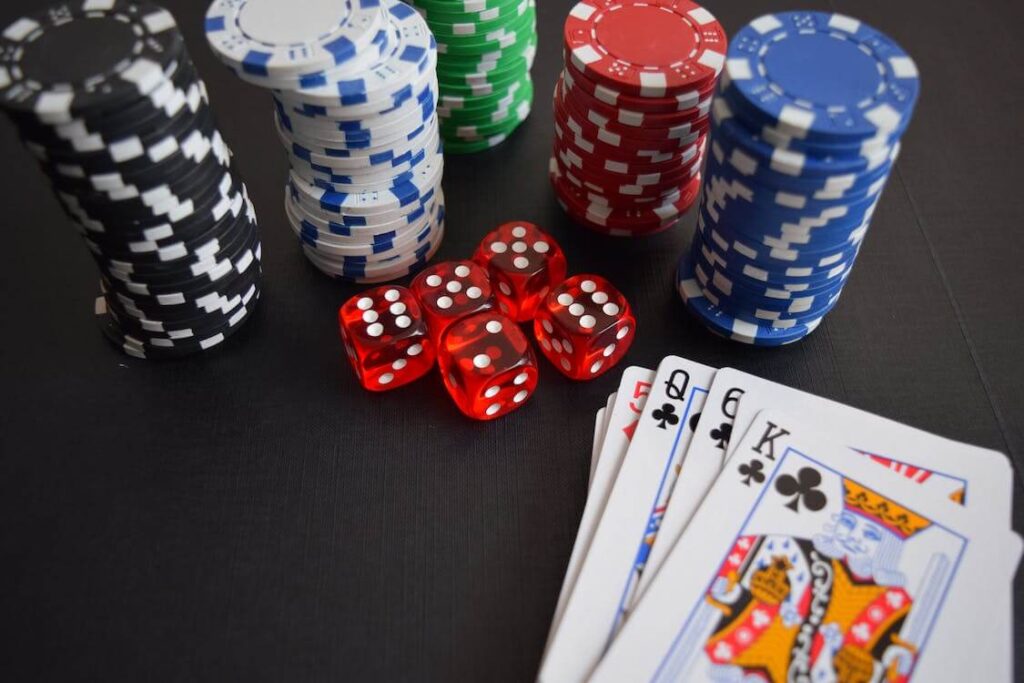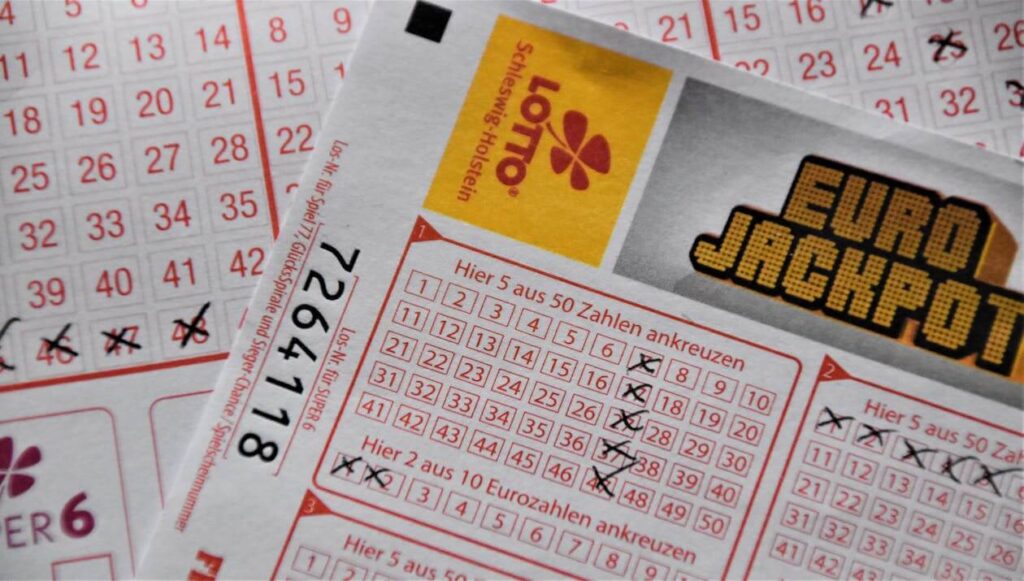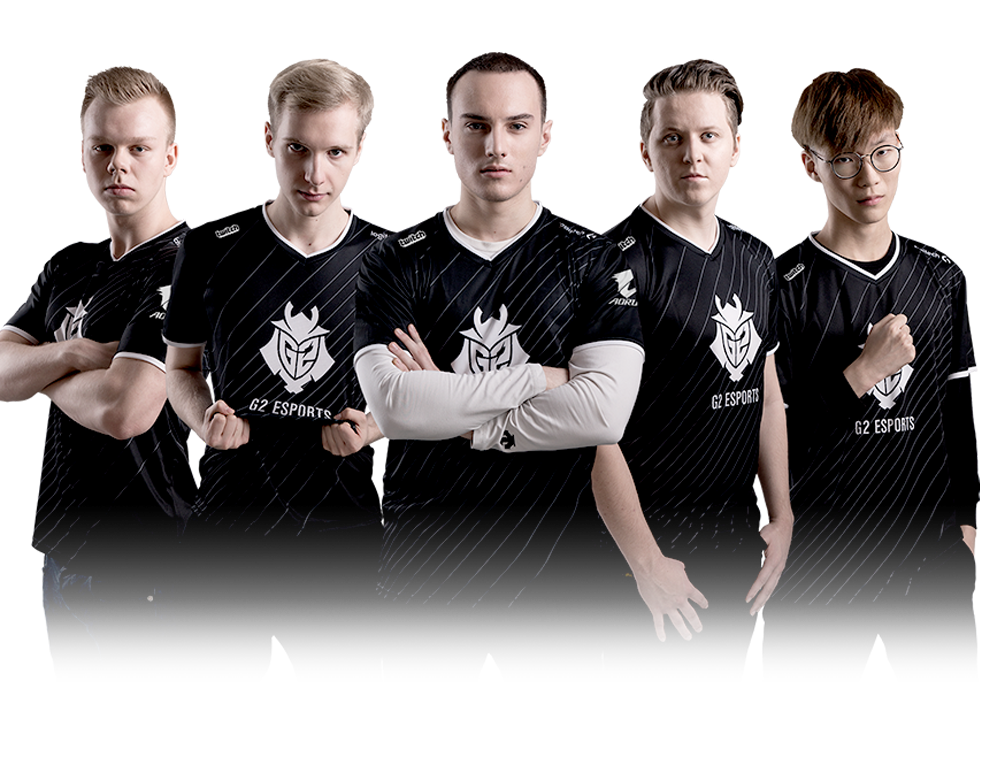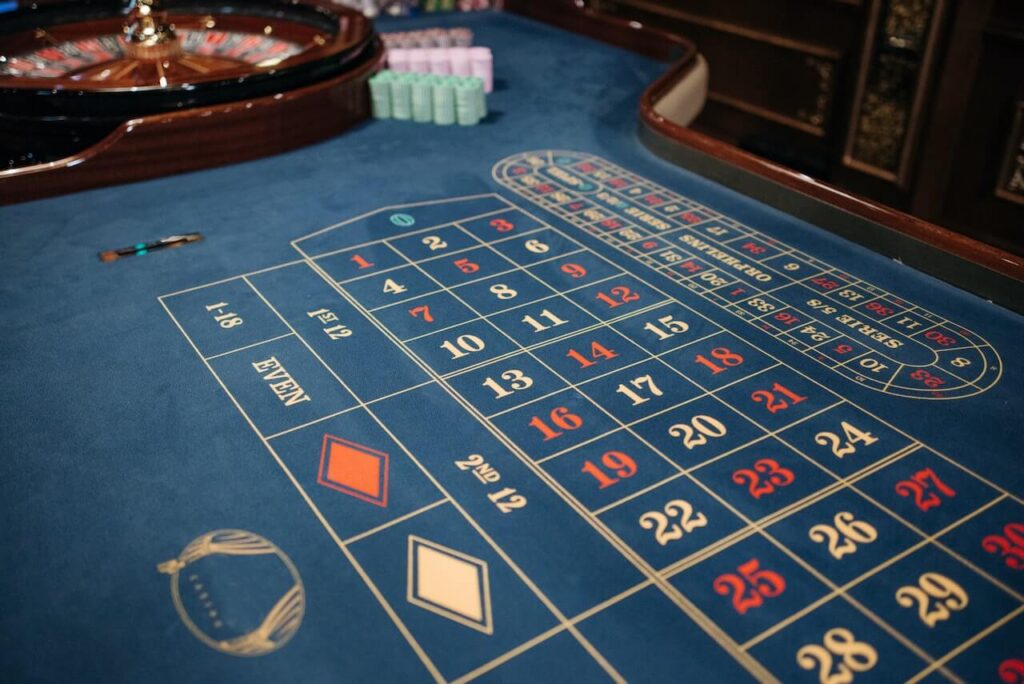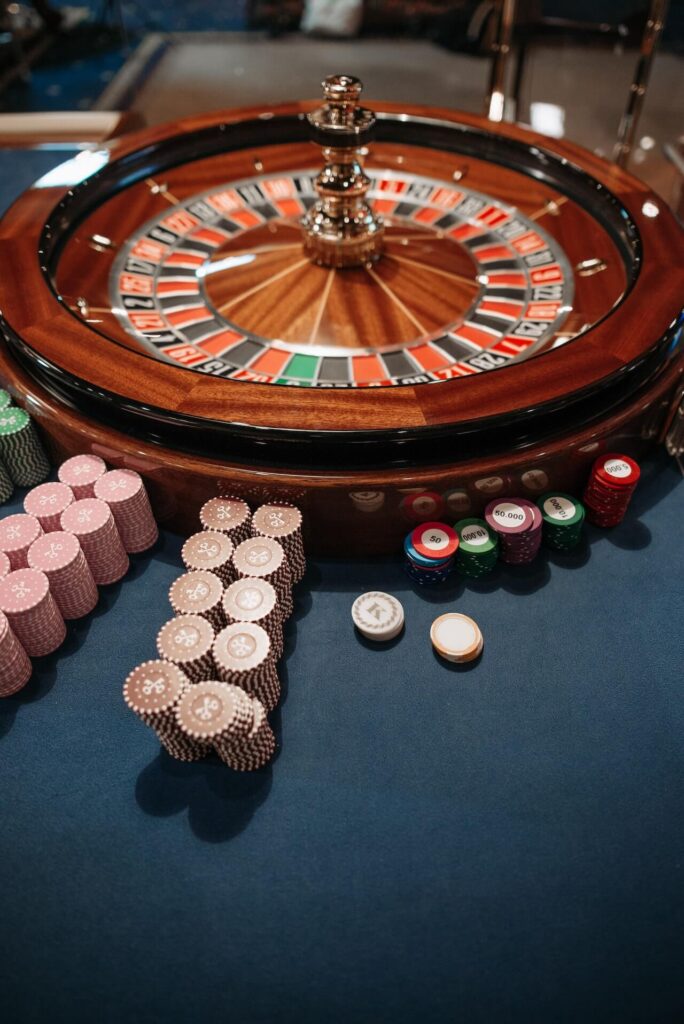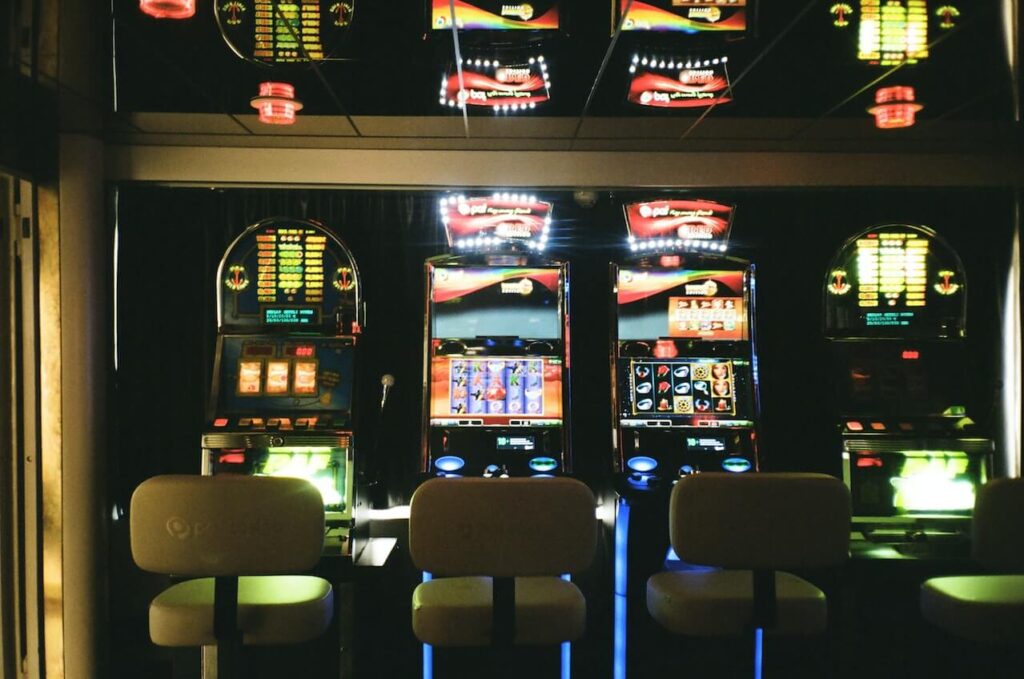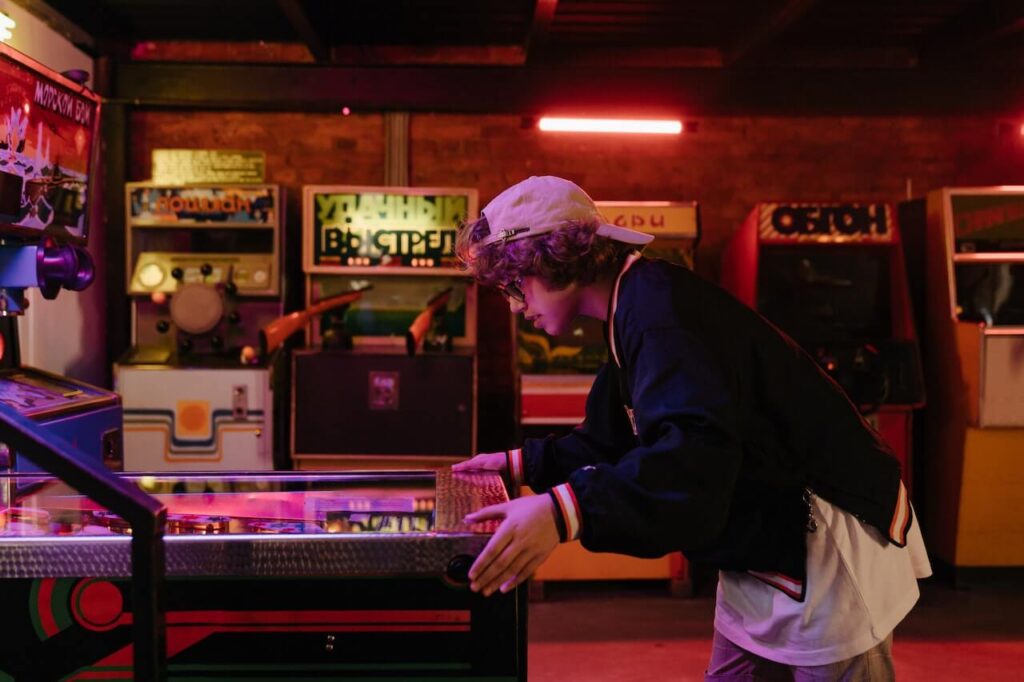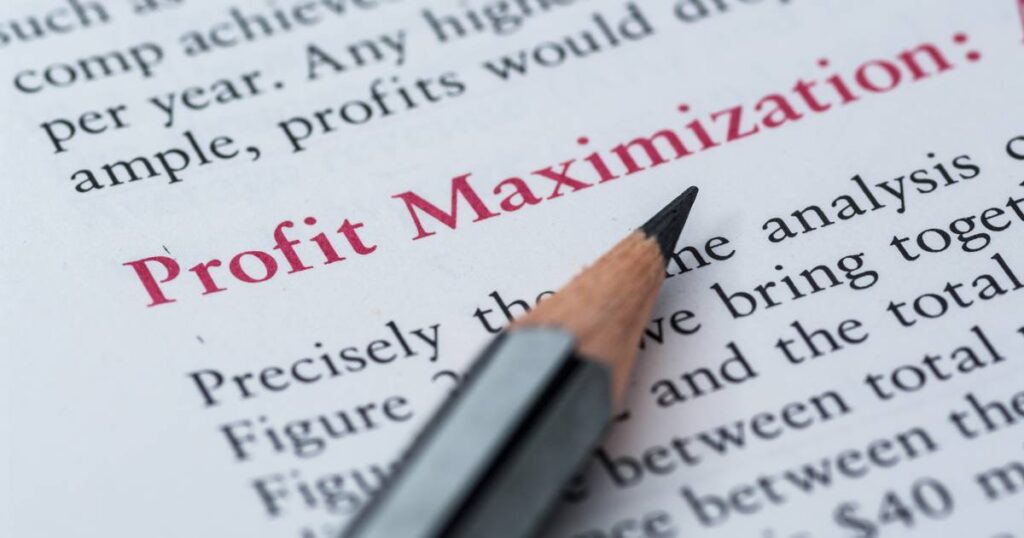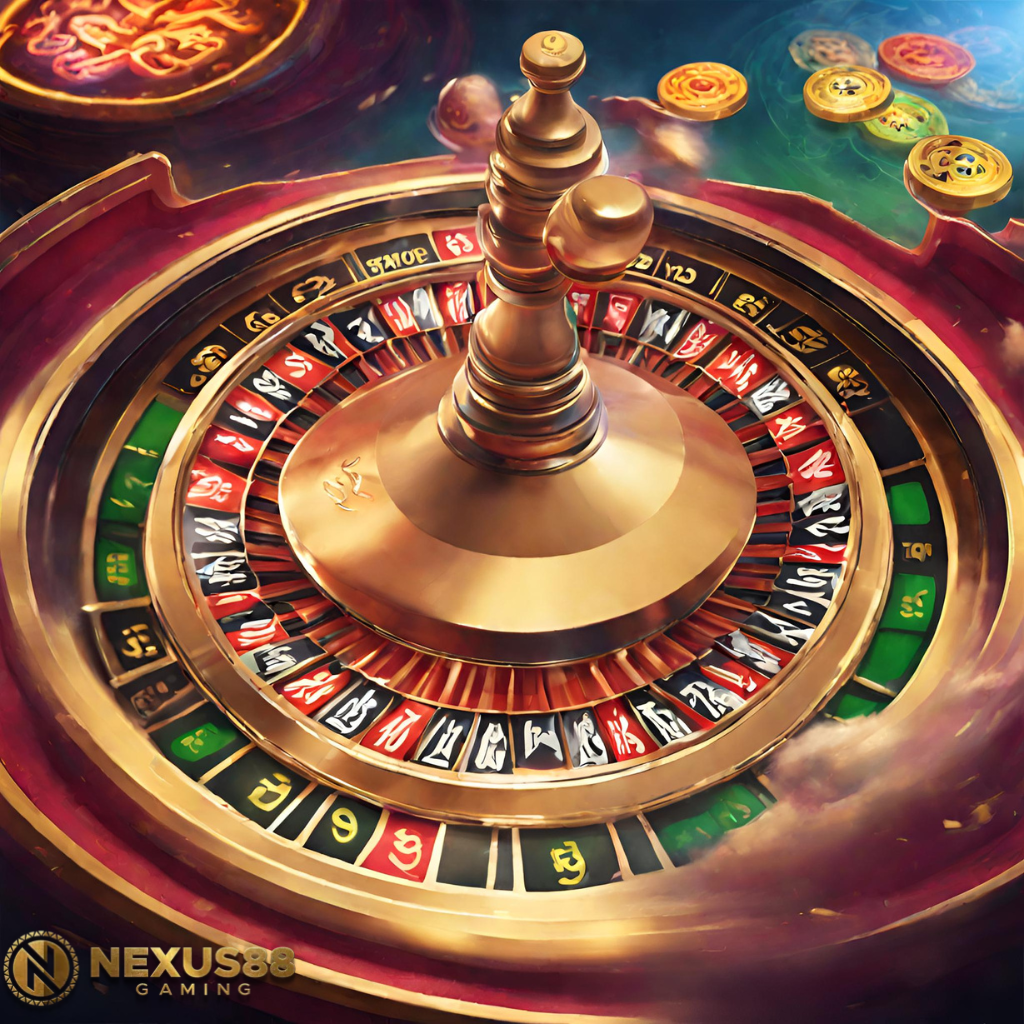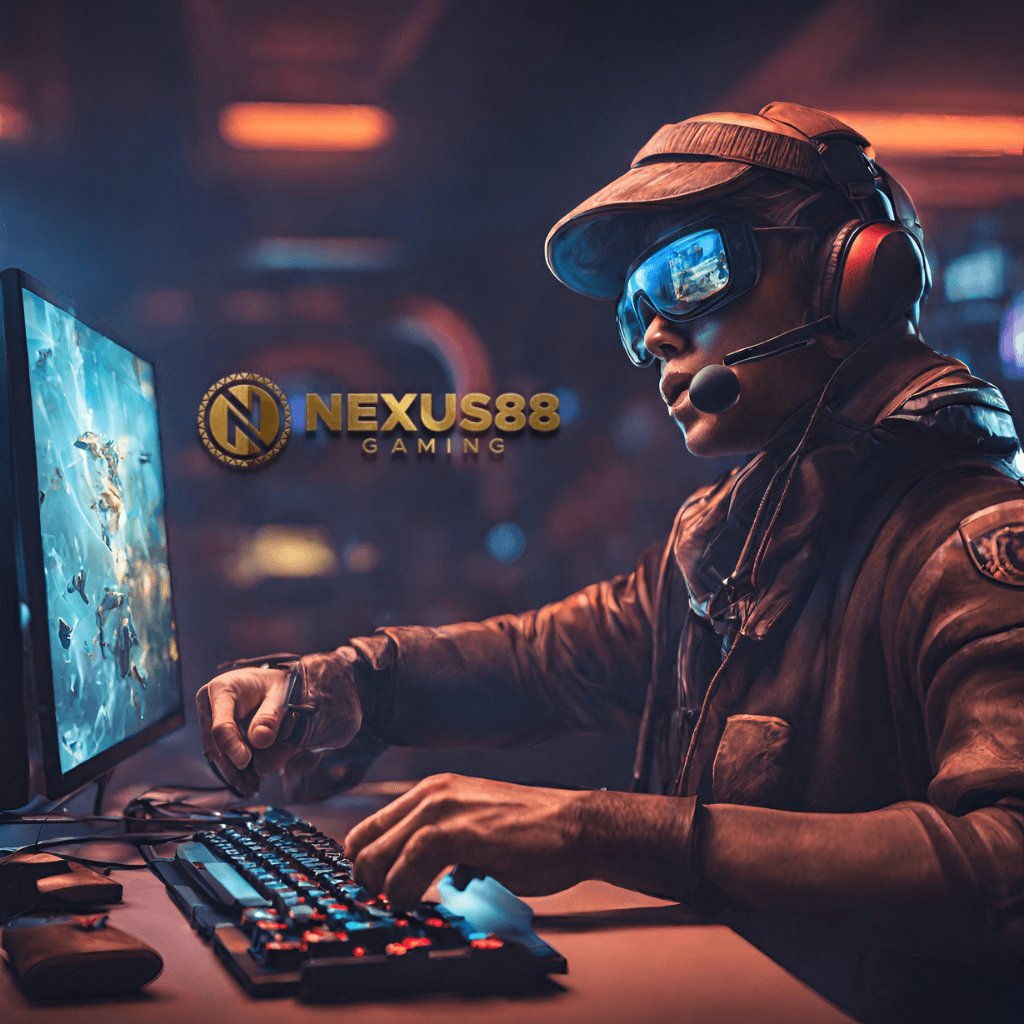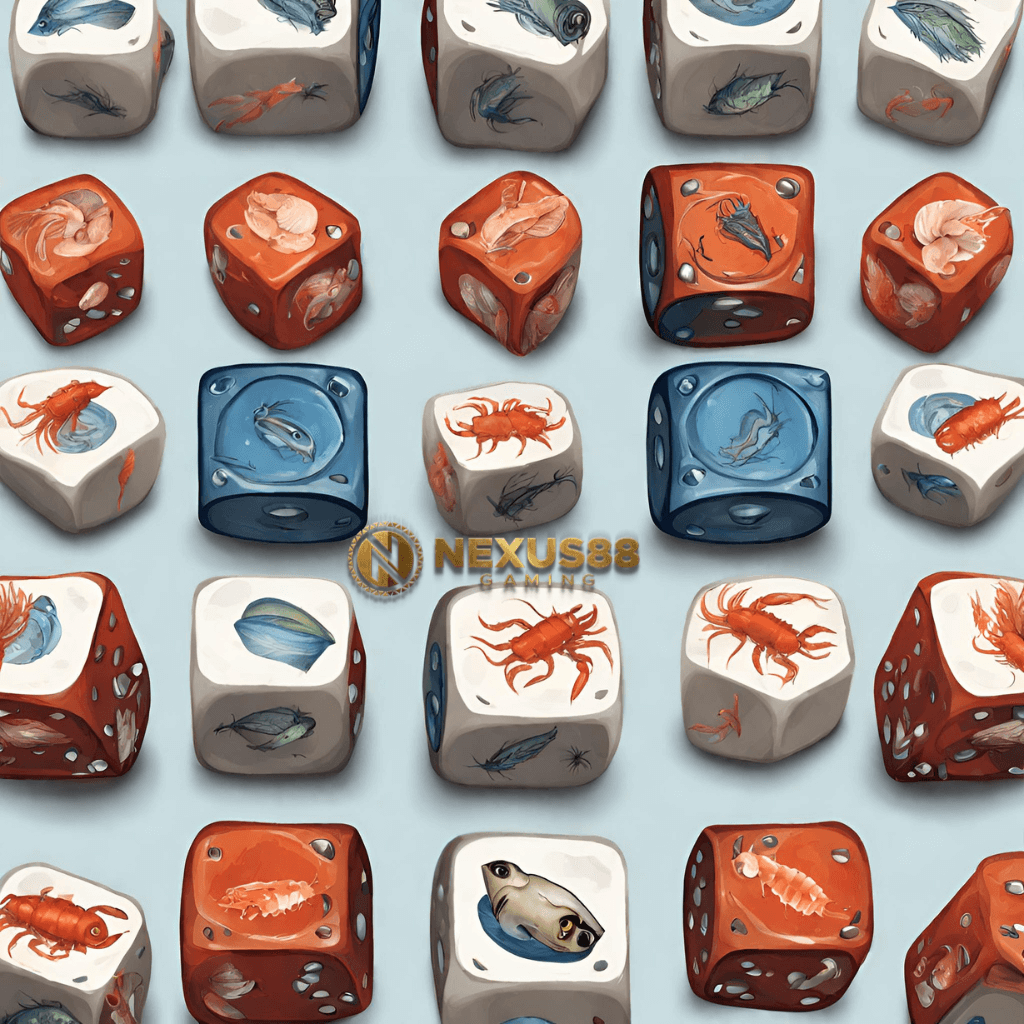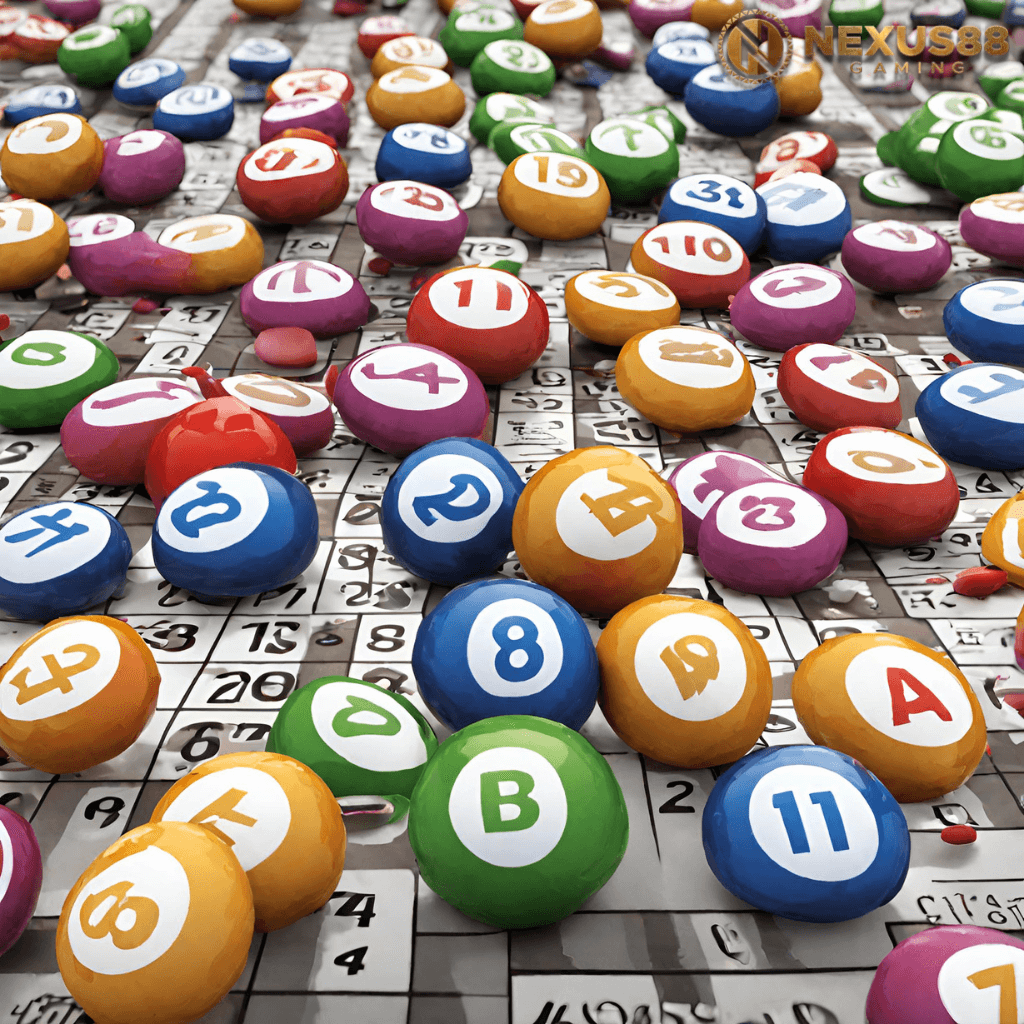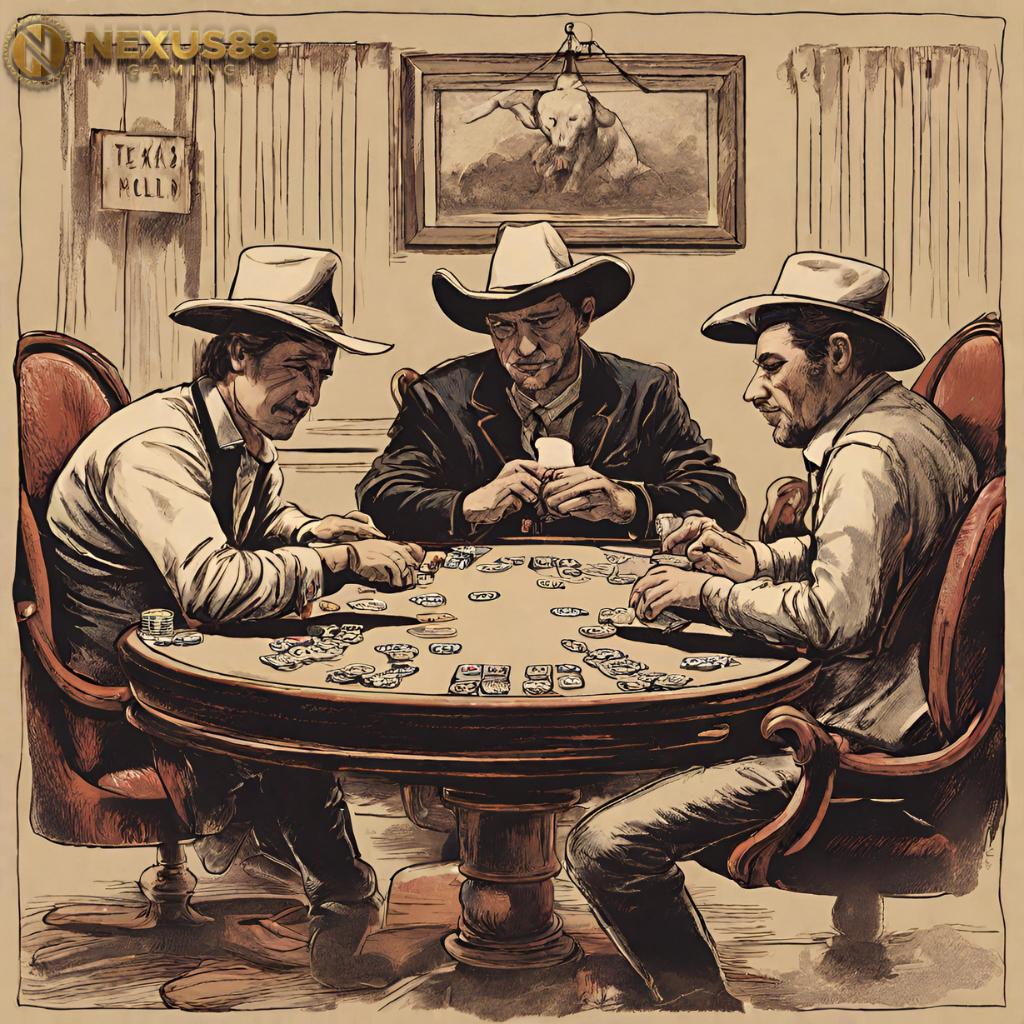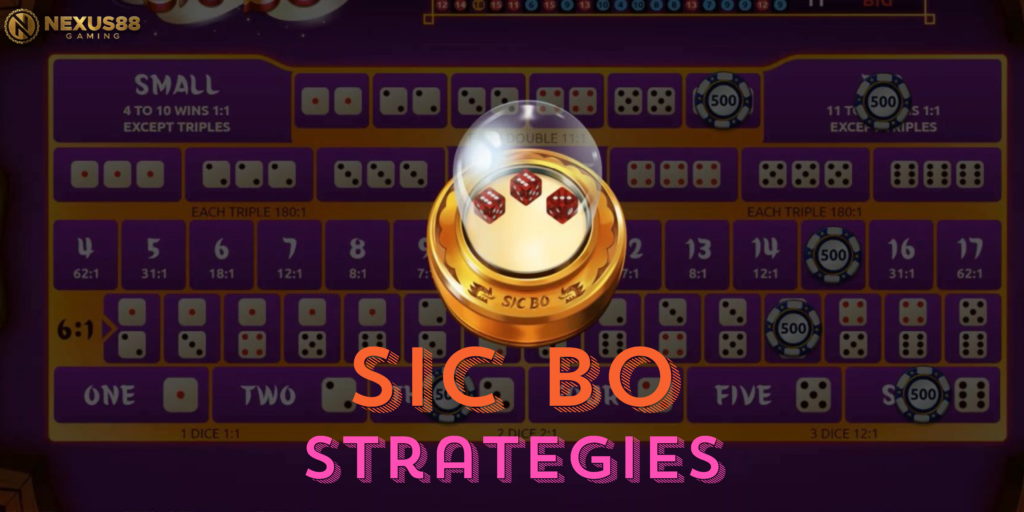Table of Contents
Are you a fan of Arcade Games and coin pusher machine? If so, you might have experienced the thrill of discovering rare coins amidst the clinking tokens and other prizes before. But how can you be sure that these coins are genuine and valuable?
Imagine the excitement of playing an arcade game, pushing tokens, and suddenly uncovering a shiny coin that appears out of the ordinary. It’s not just any coin; it could be a rare and valuable treasure.
However, before you get too excited, it’s essential to know how to verify the authenticity of these coins. Authentication ensures that you’re dealing with genuine, potentially valuable currency, rather than replicas or counterfeits.
Identifying Rare Coins on
Coin Pusher Machine
Before diving into the authentication process, let’s explore the types of rare coins you might encounter in coin pusher machine. These coins can vary in rarity, historical significance, and material composition. Here are some examples:
- Old or Vintage Coins: Older coins from different eras may have collector’s value due to their age and historical context.
- Error Coins: Coins with manufacturing errors, such as double strikes or misaligned designs, can be highly sought after by collectors.
- Commemorative Coins: These coins are often issued to mark significant events or anniversaries and can have collectible value.
- Coins with Mint Marks: Specific mint marks, indicating where a coin was minted, can affect its rarity and value.
- Coins from Different Countries: Foreign currency coins can be valuable to collectors, especially if they’re unique or rare in your region.
Understanding the various types of rare coins will help you appreciate their potential value.
The Importance of Verification
Why is authenticating rare coins on coin pusher machine so crucial? Authentication serves several essential purposes:
- Avoiding Counterfeits: Counterfeit coins are prevalent in the market. Authentication helps you distinguish genuine coins from fakes.
- Determining Value: Authentication is the first step in evaluating the value of a coin found on coin pusher machine. Authentic coins can be worth significantly more than counterfeit ones.
- Preserving History: Rare coins often hold historical significance. Authentication ensures that these historical artifacts are preserved accurately.
Steps to Authenticate Rare Coins
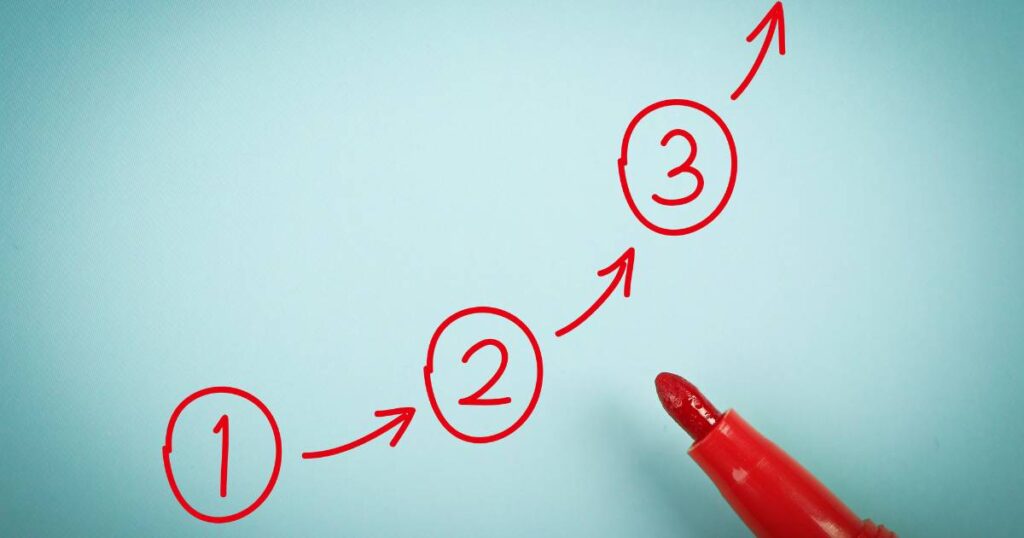
Visual Inspection
The first step in authenticating a coin from coin pusher machine is a thorough visual inspection. Here’s how to do it:
- Examine Mint Marks: Check for mint marks, which are tiny symbols or letters indicating where the coin was minted. Different mint marks can affect a coin’s value significantly.
- Inspect Design Details: Carefully examine the design and details on the coin’s surface. Any deviations from the standard design may indicate an error coin.
- Observe Wear Patterns: Analyze the coin’s wear patterns. Excessive wear may lower its value, while minimal wear suggests better preservation.
Weight and Dimensions
The weight and dimensions of a coin are critical authentication factors.
- Use Precision Tools: To measure weight and dimensions accurately, use precision tools like a digital scale and calipers.
- Compare to Reference Data: Compare the coin’s measurements to reference data for that specific coin type. Variations can indicate authenticity or counterfeitness.
Sound Test
A simple but effective test for authenticity is the “ring test.” Here’s how it works:
- Tap the Coin: Gently tap the coin’s edge against a solid surface.
- Listen to the Sound: Authentic coins typically produce a clear, resonant ring, while counterfeit coins may produce a dull thud.
Magnet Test
Some coins have specific magnetic properties that can help determine authenticity.
- Use a Magnet: Test the coin’s reaction to a strong magnet. Authentic coins should not be attracted to magnets, while some counterfeits may be magnetic.
UV Light Test
The UV light test can reveal hidden security features and hidden holes in certain coins.
- Use a UV Light: Shine a UV light on the coin’s surface.
- Look for Markings: Security inks and markings designed to be visible under UV light will become apparent.
Authentication Services
For valuable or rare coins, consider professional authentication services and coin grading services.
- Research Reputable Services: Look for established coin authentication and grading agencies.
- Submit Your Coin: Follow their submission process to have your coin professionally authenticated and graded.
Common Authentication Challenges
While authenticating coins, you may encounter common challenges:
- Wear and Tear: Heavily worn coins can make authentication difficult, as crucial details may be worn away.
- Cleaning Damage: Cleaning coins improperly can negatively impact their value.
- Complex Authentication: Some coins have intricate security features that require specialized knowledge to verify.
To overcome these challenges, be patient and seek expert advice when needed.
Preserving Rare Coins
Once you’ve authenticated a rare coin, it’s essential to take time to preserve its condition.
- Use Coin Holders: Store coins in protective holders to prevent damage from handling.
- Avoid Cleaning: Avoid cleaning coins unless you have the expertise to do so without causing harm.
- Control Environment: Store coins in a stable environment with controlled temperature and humidity to prevent deterioration.
Showcasing Your Rare Coin Discoveries with Coin Pushers
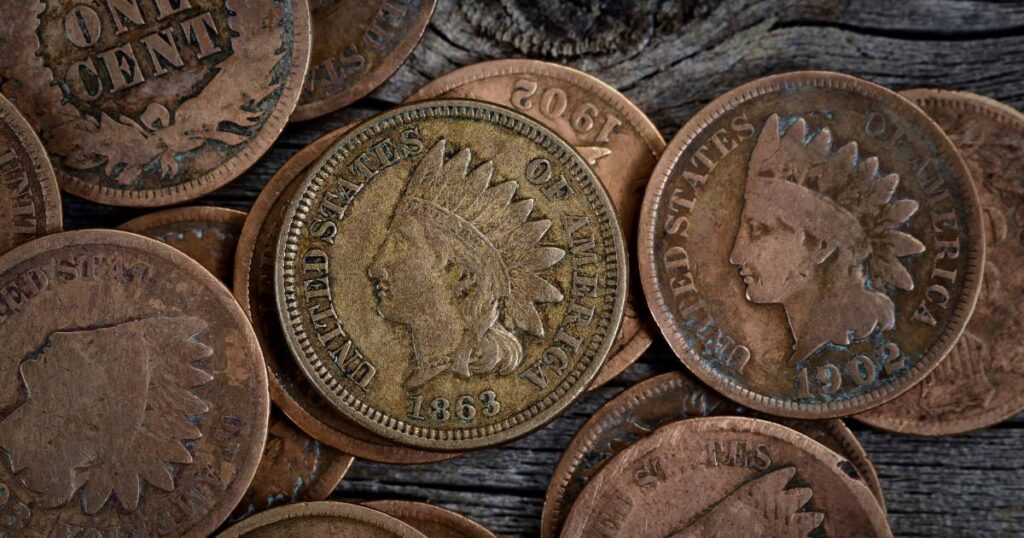
Lastly, consider sharing your rare coin discoveries with fellow coin enthusiasts.
- Share Your Stories: Share your experiences and discoveries with the coin collecting community.
- Inspire others: Your stories can inspire others to explore the world of rare coins.
- Learn from Others: Engaging with the community can help you learn from experienced collectors.
Conclusion
Authenticating rare coins found in coin pusher machine can be a rewarding, fun, and educational experience. By following these steps and staying vigilant, you can confidently identify valuable coins and contribute to your coin-collecting journey.
Frequently Asked Questions (FAQs)
Q1. How can I tell if a coin is valuable?
Valuing a coin involves several factors, including rarity, condition, price, and demand among collectors. Authenticating the coin is the first step in determining its potential value.
Q2. What should I do if I suspect a coin is counterfeit?
If you suspect a coin is counterfeit, seek advice from a professional coin authentication service or a knowledgeable coin collector for further evaluation.
Q3. Are there online resources for coin authentication?
Yes, many online resources, sites, and forums offer guidance on coin authentication. However, exercise caution and verify information from reliable sources.
Q4. Can I authenticate coins using household items?
Some key authentication methods, like visual inspection and the sound test, can be performed using household items. However, specialized tools may be necessary for more accurate authentication.
Q5. What should I do if I find a rare coin on coin pusher machine?
If you discover a rare coin on coin pusher machine, consider having it authenticated by a reputable coin authentication service in order to determine its authenticity and potential value.
Q6. How do I store rare coins properly?
To store rare coins found on coin pusher machine, use protective holders or coin capsules to prevent physical contact and damage. Store them in a stable environment with controlled temperature and humidity.
Q7. Are rare coins found in coin pusher machines common?
Rare coins in coin pusher machines are relatively uncommon but can be discovered with persistence and luck. Always be prepared to authenticate any valuable finds.
You can read our casino Game related contents here:
- Supercharge Your Bingo Gameplay: Mastering Multiple Cards On Voslot
- Unlocking Success: Tongits Go Gift Codes For Pro Players
- The Dice Of Fortune: A Sic Bo Journey
- Betting Systems Insights: Proven Strategies For Maximizing Profits
- Combo Kings And Queens: How To Become A Solo Arcade Gaming Legend
- Fish Shrimp Crab Pro Tips: The Road To Winning Combinations Unveiled
- Sic Bo Strategies You Won’t Believe Exist – Discover The Unconventional
- Texas Hold’em Unleashed: The Road To Poker Excellence Beyond Ordinary Beginnings
- Lottery Fever Sweeps The Nation – Are You In?

